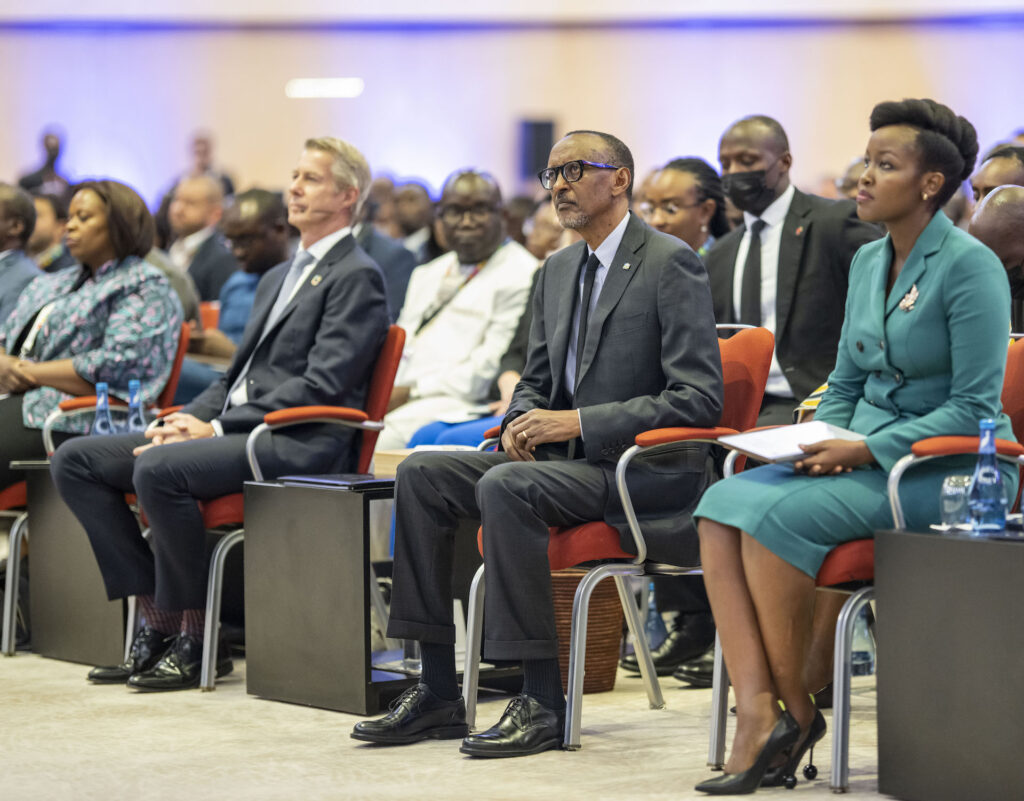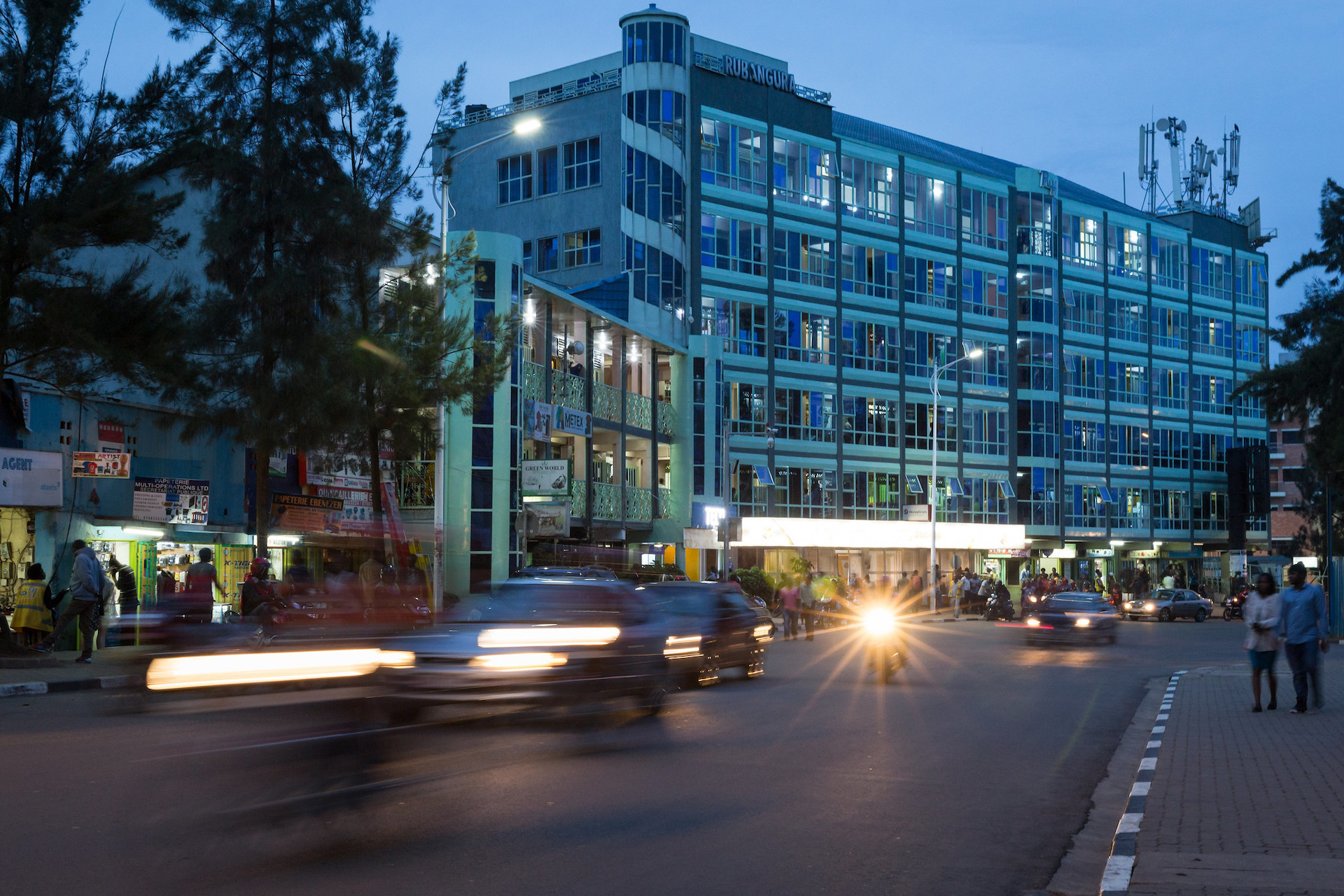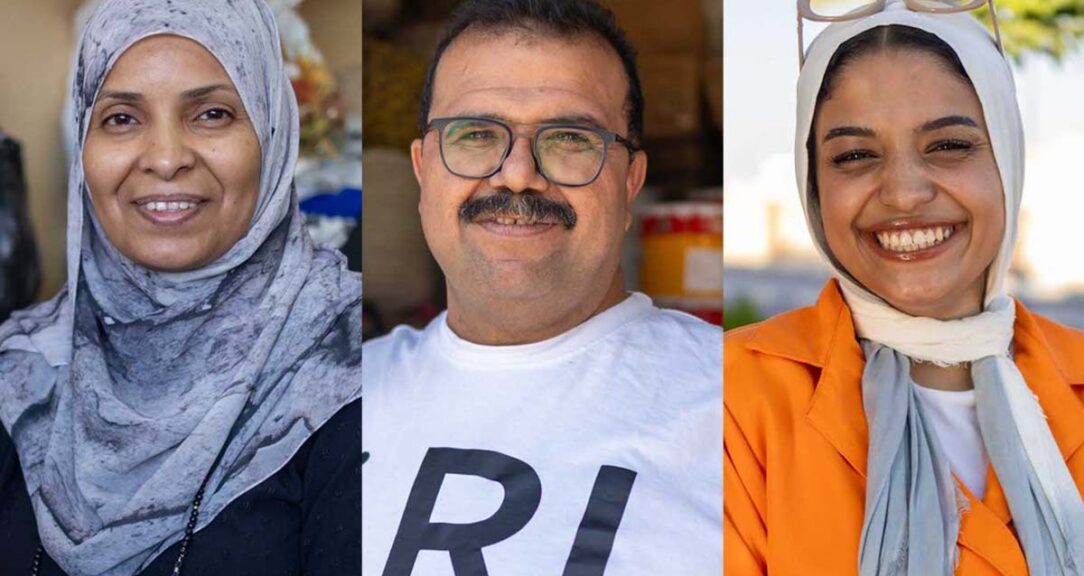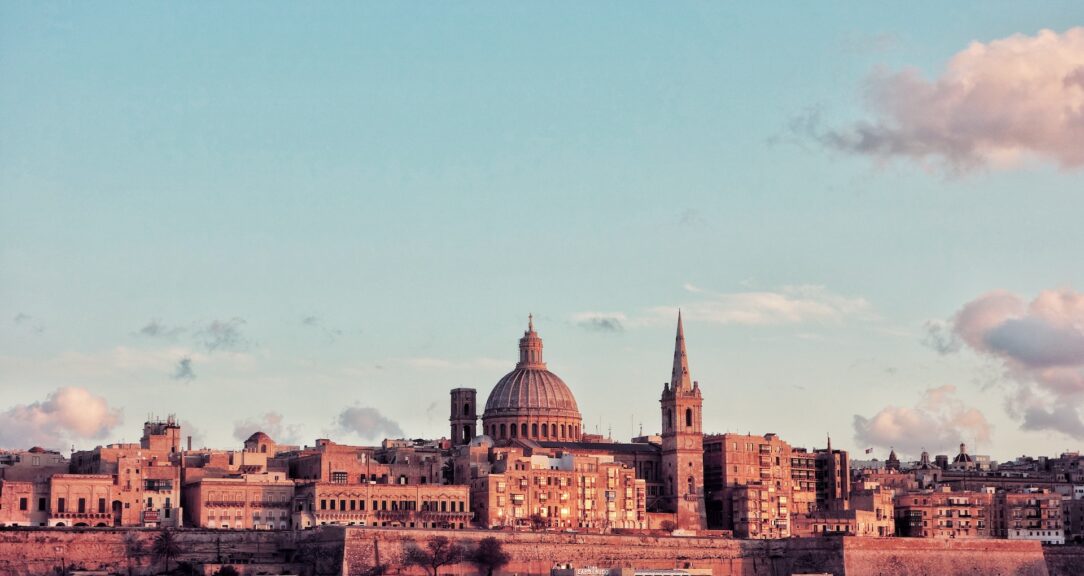In 1990, Rwanda was embroiled in a civil war. The government was fighting rebels mainly composed of Tutsi refugees who wanted to return back home. The war destroyed almost the entire economy of the state and ended with the 1994 genocide against the Tutsi. Rwanda’s GDP plummeted from $2.8 billion in 1992 to $1.3 billion in 1994. The country was left as one of the most heavily indebted nations in the world.
But the country has bounced back in the 21st century. The new government, established in 2000, used support and development aid from the international community to build new institutions and liberalize the market through privatization to revamp businesses.
Rwanda allowed the central bank to conduct monetary policy independently. Foreign exchange bureaus and commercial banks were allowed to buy and sell foreign exchange at market determined prices, and the government restructured non-performing debt to commercial banks.
Today the nation’s economic development indicators, even with Covid-19, have returned to pre-pandemic levels. From 2005 to 2021, Rwanda’s GDP per capita increased from $332 to $834. The country’s Vision 2050 plan aims to get Rwanda to the level of an upper-middle-income country by 2035 and a high-income country by 2050. “Rwandans will not be satisfied to live paycheck to paycheck, harvest to harvest, without accumulating wealth and financial security,” President Paul Kagame said in his state of the nation address introducing the plan in 2015. “They want to live close to the families they love and watch them thrive.”
How does Rwanda plan to do this? A major part is making the country more attractive to foreign investors and diversifying its knowledge-based services. It’s also about fully supporting its young, growing workforce, and playing up the country’s strengths in equality. Rwanda has the highest rate (86%) of female participation in the workforce in the world and highest share of women members of parliament (61.3%). But before we look to the future, we have to understand the past.
Rwanda GDP growth, 1960 to 2021
The difficult past
Rwanda’s historical existence as a nation state starts in the 11th century. Up to the 19th century, when the first German colonizers arrived in the country, the nation-state’s economy was mainly based on agrarian and pastoral economic activities. The Rwandan social classes of Tutsi and Hutu were connected to different daily economic activities. For Hutu, farming was the main activity, while for Tutsi it was mainly rearing cows. The main activities of the third group, Batwa, was hunting in the jungle.
In 1919, Belgium inherited Rwanda from the League of Nations after the defeat of the German empire in World War I. Belgium sided with the Tutsi monarchy minority and ruled indirectly through a puppet government led by King Musinga. The majority Hutu were discriminated against and denied political and educational participation.
Around 1950, Belgian colonists in Rwanda introduced identity cards that racialized the Hutu, Tutsi and Batwa and reinforced existing social polarization among the groups. The majority Hutu started a civil and political movement that aimed to change the monarchy into a republic. This public outcry led to the brutal 1959 revolution during which many Tutsi were killed, and many others went into exile in the neighboring countries of Uganda, Zaire (now the Democratic Republic of the Congo), Tanzania and Burundi with their king. Rwanda became an independent, Hutu-dominated republic.
Tutsi people who remained in the country were targeted in the 1994 genocide, which devastated the Rwandan economy as well as its population. Nearly all of the population was plunged into poverty, and vast tracts of land and livestock were destroyed.
In the aftermath of the genocide, which is estimated to have claimed as many as 1 million lives, Rwanda’s security and economic infrastructures remained fragile. Many Tutsi people returned to their home country, while Hutu people were fleeing to the Democratic Republic of the Congo. Socio-political and economic institutions were being revived, but the private sector was almost nonexistent. At the time, Rwanda had a foreign debt of nearly $1.5 billion, mostly caused by the previous government’s war finances. More than 70% of the country’s population was living on less than $1.25 per day.
Elected in 2000, President Paul Kagame, who previously commanded the Rwandan Patriotic Front (RPF), the armed force that ended the genocide, vowed to re-invent the country’s economy and development policy via the Vision 2020 framework, which has the aims of turning Rwanda into a knowledge-based economy and a middle-income country.

In 2005, the state effort to make viable reforms and liberalize the market led to the cancellation of $1.4 billion in external debt, under the World Bank and IMF’s HIPC (Heavily Indebted Poor Countries) initiative. This debt had hindered the country’s economic recovery.
The external debt relief was followed by IMF, IDA and World Bank recommendations for Rwandan leadership to increase public spending on priority sectors and implement social sector reform. In 2009, the Rwanda Development Board (RDB) was created to integrate all government agencies responsible for the attraction, retention and facilitation of investment in the national economy. “If you look at the investment opportunity that the African continent has, a lot of opportunities exist, and Rwanda has put in place the policies, the laws, and the regulations to make it really work for us,” RDB Chief Executive Officer Claire Amakanzi said in a forum in 2021.
Rwanda: The Singapore of Africa?
In the outskirts of Kigali, house values are increasing. Downtown skyscrapers are being constructed at scale. The capital, once devastated by war, has now become a destination for tourists and conferences, and is a place where young people aspire to migrate. Kigali seeks to be the hub for financial services and information technology in Africa. Though the country still lags behind in some of the economic development indicators in the East Africa Community, Rwanda’s per capita GDP more than doubled from $404 to $818 in just the past decade.
“Rwanda’s development ambition to be the Singapore of Africa by the year 2050 is interlinked with how the president envisages the capital city Kigali to be in terms of social, political and economic infrastructures,” says John Rwangombwa, Rwanda National Bank governor. For the Kigali government, being the Singapore of Africa means to have a strong economy, political stability, low corruption rate and transparent public institutions, which enable businesses and foreign investment to flourish.
Rwanda’s per capita GDP went from $404 to $818 in the past decade.
Being a landlocked country, Rwanda seeks to promote the logistics and transport sectors, having identified them as key drivers for economic growth. The Rwanda Development Board aims at increasing visitors and participants in leisure, tourism and conferences.
The board has invested massively in tourism campaigns such as the “Visit Rwanda” sponsorship deal with the U.K.’s Arsenal football team. As of 2018, all foreign visitors can get a visa upon arrival when they want to attend international conferences, sports or cultural events or visit Rwanda’s mountain gorillas situated in Virunga National Park. From 2006 to 2019, the number of tourist arrivals almost tripled, to 1.6 million.
The representation of women has become a symbol of achievement for Rwanda, as women occupy more than 60% of the seats in Rwanda’s parliament. “We have the highest rate of female labor force participation not only in Africa but in the entire world,” says Jeannette Bayisenge, Minister of Gender and Family Promotion and Associate Professor of Gender Studies at the University of Rwanda.
According to the U.N., Rwandan women are making an important contribution to the country’s economy, particularly in the agricultural sector, where they account for 79% of the labor force. Women are therefore one of the driving forces behind Rwanda’s development achievement, although they have low representation in white-collar jobs.
Although Rwanda has positive records in many economic and development indicators, the country still relies on external donors and aid — which accounts for 31% of the country’s total budget. There’s still progress to be made on a number of the Sustainable Development Goals. The U.N. Rwanda country team’s 2022 analysis pointed out that voting is not private or confidential, and listed Human Capital development as a high priority as well as a high risk, requiring more investment in education.
Despite government efforts to liberalize the market, Rwanda’s private sector was set back by the pandemic, and the developmental progress hasn’t led to sufficient job creation. Nevertheless, past economic growth and development in the country is a sign that the “Singapore of Africa” dream could one day become reality.
Read more
Sign up to keep up to date with ReThink Q.







